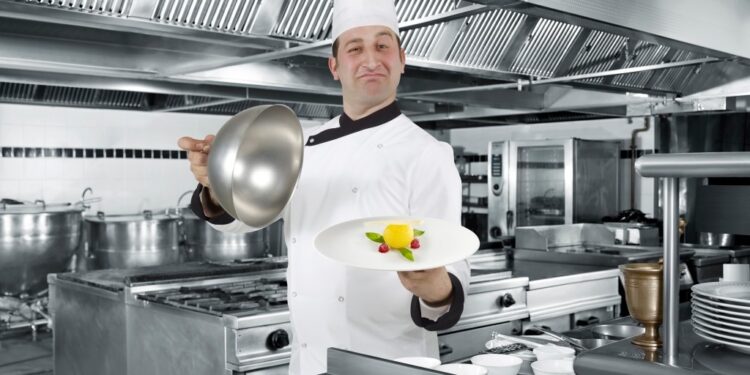Introduction
In the dynamic world of culinary arts, the chef’s uniform is more than just a practical necessity; it is a canvas for expressing individuality, tradition, and professional identity. As the culinary landscape continues to evolve, so does the attire worn by chefs in kitchens around the world. In this exploration, we delve into the rich tapestry of chef uniforms, from traditional to modern, specialized to personalized, and discover the diverse expressions of culinary style.
Table of Contents
Traditional Chef Uniform
The classic white chef coat, checkered chef pants, and the standard chef hat have long been iconic symbols of the culinary profession. Beyond their aesthetic appeal, these elements carry historical significance and convey a sense of tradition and professionalism. The white coat, in particular, has become synonymous with cleanliness and order in the kitchen, while the checkered pants add a touch of timeless style.
Modern Chef Uniform Variations
In recent times, chefs have embraced a departure from tradition, opting for contemporary colors, innovative designs, and unique features. Modern chef coats often come in a spectrum of colors, allowing chefs to express their personality while maintaining a professional look. The inclusion of features such as breathable fabrics and functional pockets reflects a shift towards prioritizing comfort and practicality in the fast-paced kitchen environment.
Specialized Chef Attire
Different culinary roles demand specific attire to cater to the unique needs of each position. Pastry chefs, for example, often sport distinctive coat styles and hat designs, emphasizing cleanliness to meet the precision requirements of their craft. Sous chefs and head chefs may don uniforms with differentiating features, symbolic insignias, or embellishments that reflect their hierarchical status in the kitchen.
Front-of-house chefs, those who engage directly with customers, often wear uniforms that balance style and professionalism. These uniforms contribute to the overall dining experience, aligning with the restaurant’s branding while maintaining the chef’s distinctive identity.
Ethnic and Cultural Influences
As the culinary world becomes more interconnected, chefs draw inspiration from diverse cultures, leading to the incorporation of international influences into their uniforms. From unique accessories to culturally inspired designs, these uniforms celebrate global culinary diversity. Chefs proudly wear uniforms that reflect not only their culinary skills but also their respect for the rich tapestry of world cuisines.
Personalized Chef Uniforms
In the quest for individuality, many chefs opt for personalized uniforms. Custom embroidery, monogramming, and unique embellishments allow chefs to add a personal touch while staying within dress code guidelines. This trend extends to building brand identity, with chefs becoming ambassadors for their restaurants through their attire.
Seasonal and Trend-Driven Chef Fashion
Similar to the fashion industry, culinary attire experiences seasonal trends. Chefs adapt their uniforms to different seasons, considering factors like temperature and comfort. Following fashion trends in culinary apparel adds a contemporary flair to traditional attire, striking a balance between style and practicality.
Environmental Considerations
With increasing awareness of environmental sustainability, chefs are exploring eco-friendly options for their uniforms. Sustainable fabrics, environmentally conscious designs, and a commitment to green practices in culinary fashion contribute to a more responsible and conscious industry.
Practical Tips for Choosing the Right Chef Uniform
Amid the vast array of options, it’s essential for chefs to consider practical factors when selecting their uniforms. Comfort and mobility are paramount, and understanding fabric properties is crucial for adapting to the demands of the kitchen. Compliance with industry standards ensures a professional appearance while meeting necessary safety and hygiene requirements.
Conclusion
In the ever-evolving culinary landscape, the chef’s uniform serves as a visual representation of the profession’s rich history and its progressive future. From traditional to modern, specialized to personalized, the diversity of chef uniforms reflects the dynamic nature of the culinary arts. As chefs continue to push boundaries and express their individuality, the world of culinary fashion is set to evolve, ensuring that the attire worn in kitchens around the globe remains as vibrant and diverse as the cuisines they create.


 Home
Home










